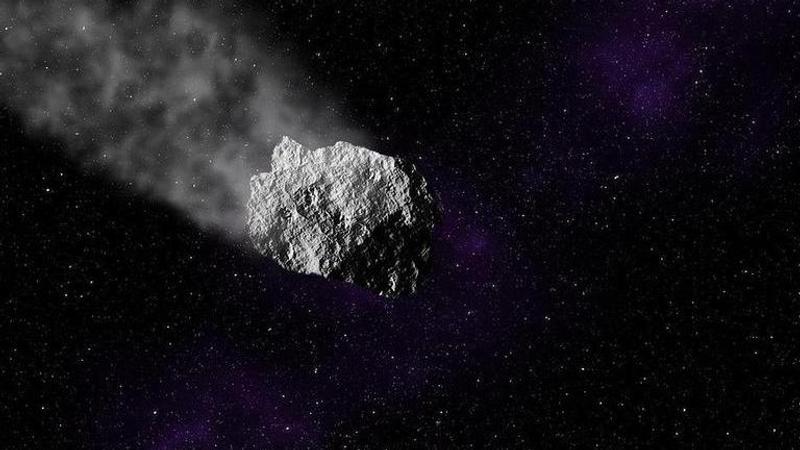Published 17:39 IST, February 11th 2021
Asteroid as wide as the Golden Gate Bridge to fly past Earth in March
Asteroid, known as 231937 (2001 FO32), is about 0.8 to 1.7km in diameter and will come within 2 million kilometres of Earth at 11:03am EST on March 21.

An asteroid as wide as the Golden Gate Bridge will hurtle past Earth in March, however, scientists have said that there is no reason to panic, even though the asteroid will be the biggest and speediest to fly by our planet this year. According to a data-based published by NASA’s Jet Propulsion Laboratory, the space rock, known as 231937 (2001 FO32), is about 0.8 to 1.7km in diameter and will come within 2 million kilometres of Earth at 11:03am EST on March 21. The asteroid is close and large enough to be classified as “potentially hazardous”.
It is worth noting that an asteroid is designated as “potentially hazardous” when its orbit intersects with Earth’s at a distance of no more than about 7.5 million kilometres and it is bigger than about 140 meters in diameter. According to Live Science, telescopes in New Mexico that are part of the Lincoln Near-Earth Asteroid Research (LINEAR) program detected the asteroid on March 23, 2001. Observatories have monitored it ever since and scientists have used these observations to calculate the asteroid’s orbit and determine how close the space rock will come to Earth when it flies past at almost 124,000km/h.
One can even spot the fast-moving space rock with the help of a telescope with an aperture of at least 8 inches. To catch a glimpse in the southern US, point the telescope south-southeast between the constellations of Sagittarius and Corona Australis at 4:45am EST on March 20.
No significant risk for next 100 years
According to NASA, no known asteroid poses a significant risk to Earth for the next 100 years. The US space agency informed that the current biggest known threat is an asteroid called (410777) 2009 FD, which has a 1 in 714 (less than 0.2%) chance of hitting Earth in 2185. Further, NASA is also studying methods of deflecting asteroids that do end up on a collision course with Earth, such as by using the gravity of a flying spacecraft to slowly pull the asteroid off their trajectory to a safe distance.
Meanwhile, in a similar occurrence, a huge asteroid, which is bigger than the size of Eiffel Tower passed earth on February 1, as stated by NASA's Asteroid Watch called Central for Near-Earth Object Studies. Termed as 2016 CL136 measures 2016 CL136, as per the report. Also, experts say that the asteroid is expected to come 3.3 million miles from the Earth.
(Image: Rep/Pixabay)
Updated 17:39 IST, February 11th 2021



